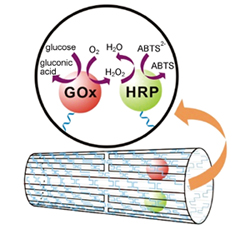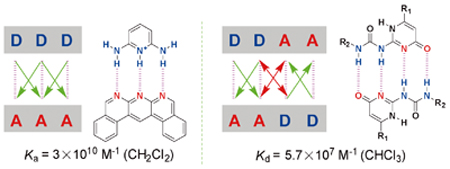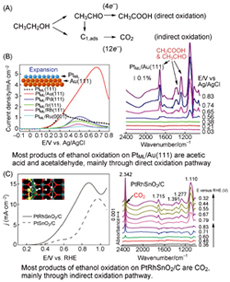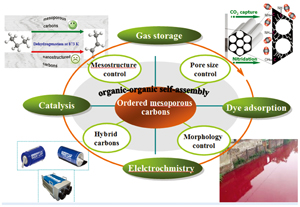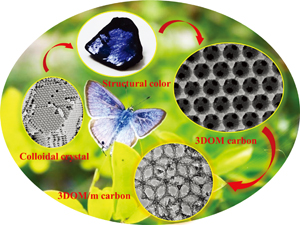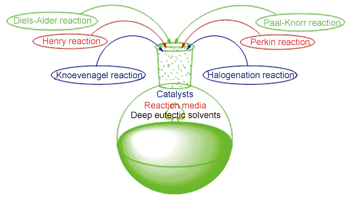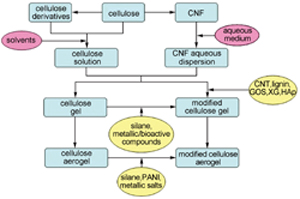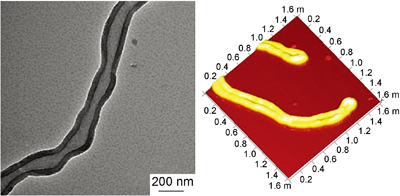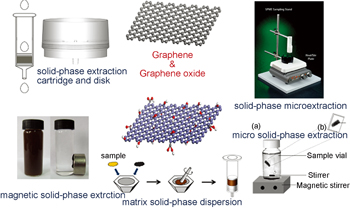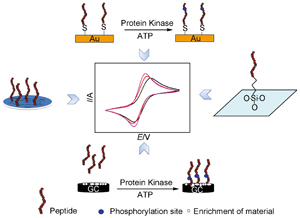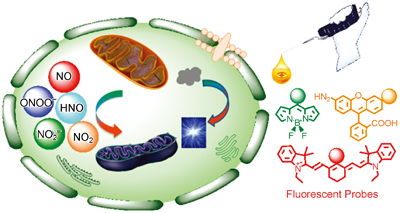Jia Sisi, Chao Jie, Fan Chunhai, Liu Huajie. DNA Origami Nanoreactors[J]. Progress in Chemistry, 2014, 26(05): 695-705.
It is a new idea to construct DNA nanoreactor with nanometer addressability using DNA origami technology. One of the most remarkable features of the DNA origami method is the precise addressability of the structures formed. By biologically and chemically modifying specific staple strands, it is possible to functionalize DNA origami nanostructures with small chemical molecules, biomacromolecules and artificial nanomaterials on well-defined positions with nanoscale precision. The shape diversity and good biological compatibility of DNA origami makes it a perfect nanomaterial for constructing nanoscale biomimetic confinement environment. In this review, we first introduce the general method and the latest progress for nano-addressable positioning of different materials and molecules on DNA origami nanostructures. Then utilizing DNA origami nanostructures as nano-addressable reactors with confined nanoscale spaces, we focus on the regulation of chemical and biochemical reactions in these nanoreactors. At the end, the future directions and potential applications of DNA origami nanoreactors are foreseen.
Contents
1 Introduction
2 Nano-addressable positioning on DNA origami nanostructures
2.1 Positioning of functional groups
2.2 Positioning of biomacromolecules
2.3 Positioning of synthetic nanomaterials
3 Regulation of single molecular chemical reactions
3.1 Cleavage reactions
3.2 Coupling reactions
3.3 Polymerization reactions
4 Regulation of single molecular bio-recognitions and biochemical reactions
4.1 Molecular recognitions
4.2 Enzymatic cascade reactions
5 Conclusion and outlook









